Winners of the 2020 Astronomy Photographer of the Year Contest
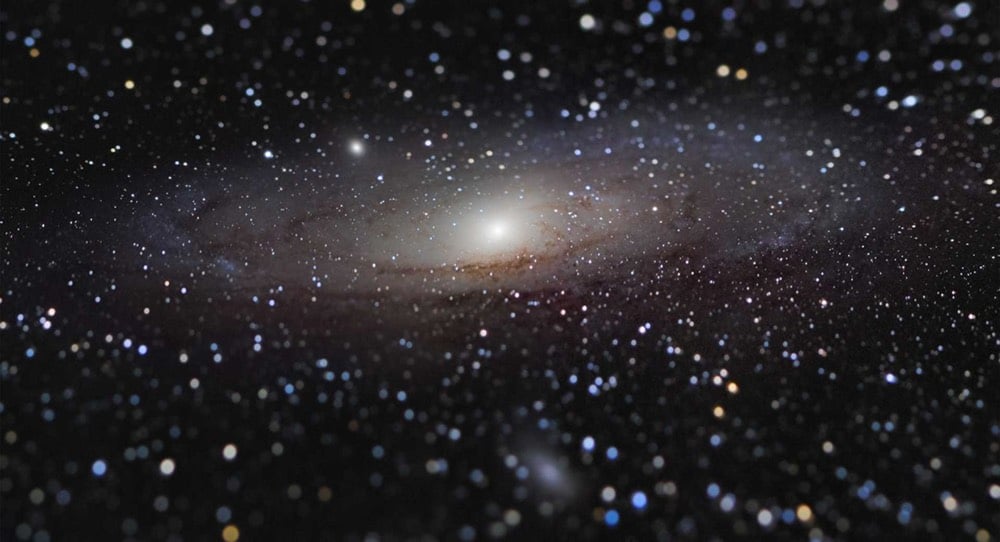
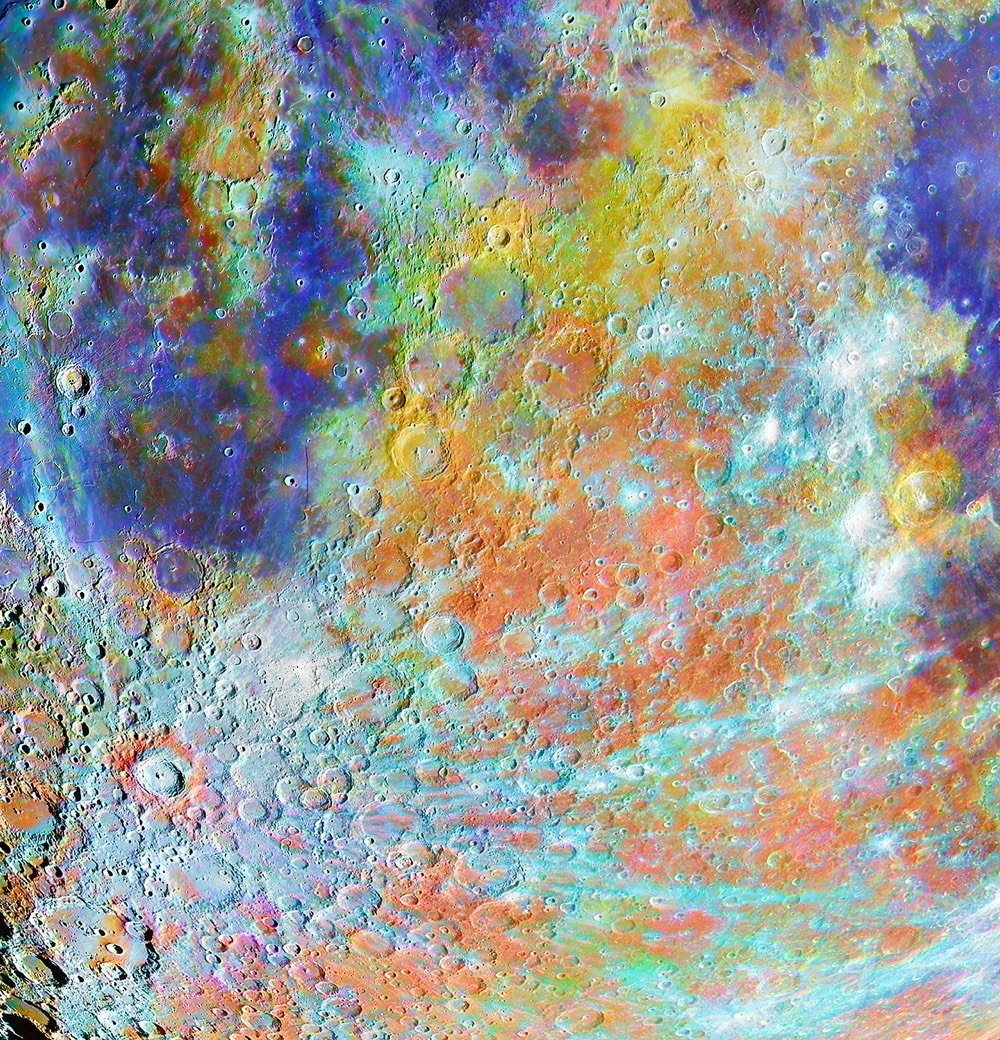
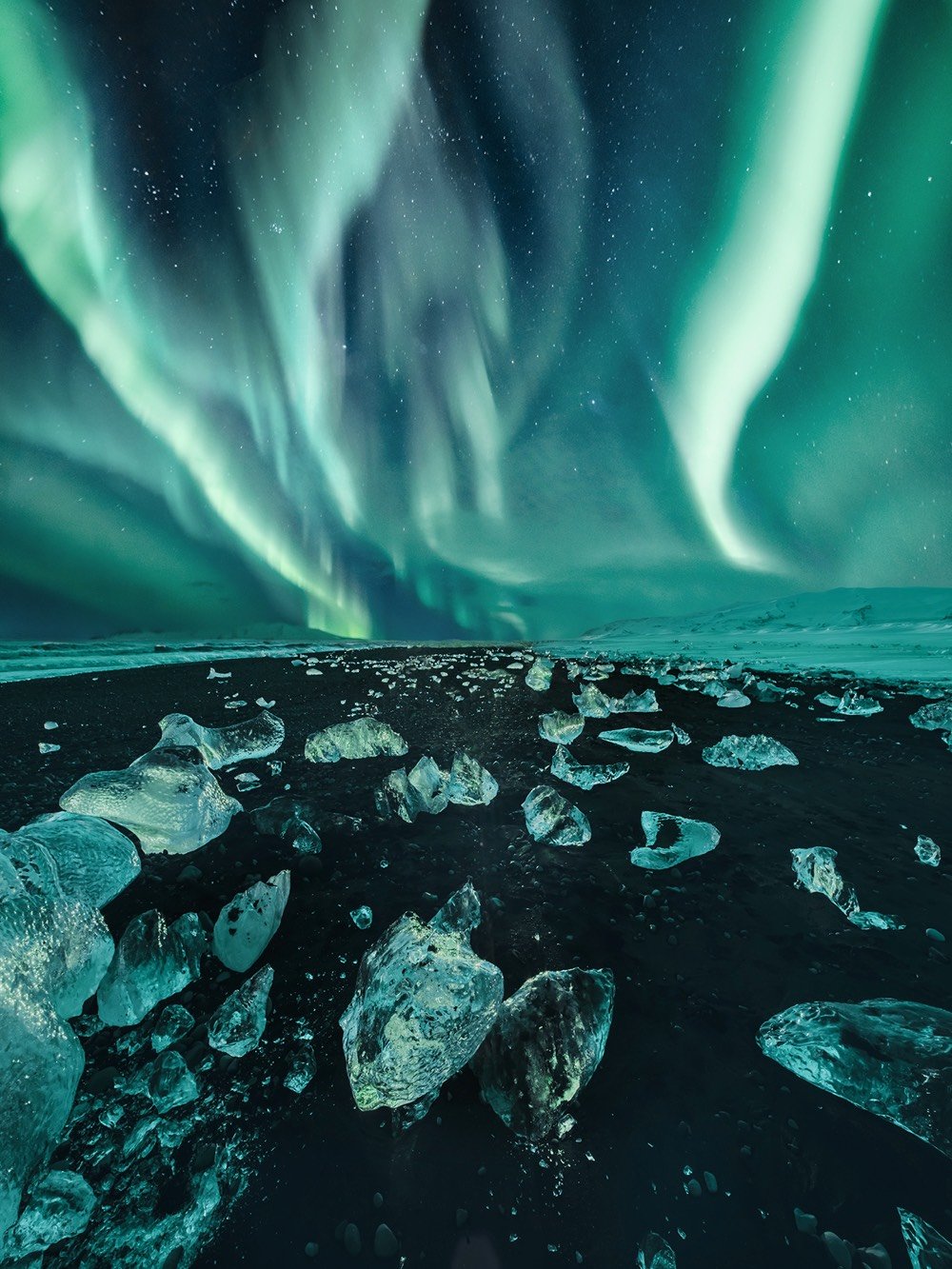
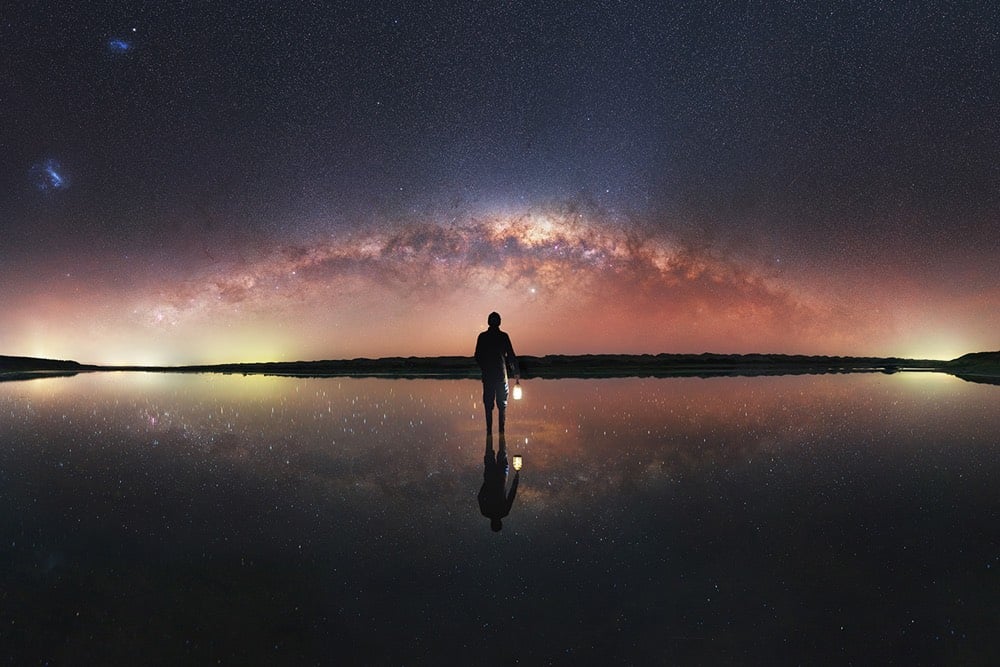
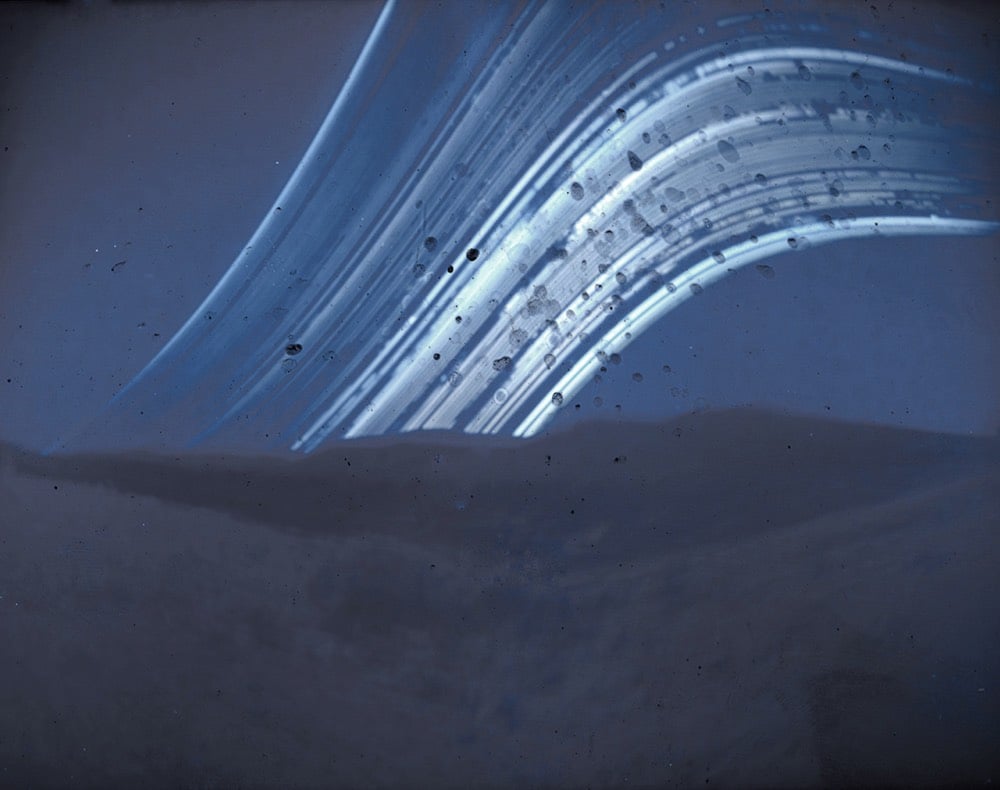
The winning entries from the Insight Investment Astronomy Photographer of the Year 2020 competition are here and they are spectacular. As longtime readers can attest, I will never get tired of looking at photos of the sky and space.
Above from top to bottom: Nicolas Lefaudeux’s tilt-shift shot of the Andromeda Galaxy, Alain Paillou’s ultra-contrasty photo of the Moon, Kristina Makeeva’s aurora shot, Evan McKay’s self-portrait under the Milky Way, and Olga Suchanova’s 3-month exposure of the Sun’s path through the sky using a beer can pinhole camera. You can read a little bit about how Suchanova got that shot on 35mmc:
If exposure times on the order of minutes seem long, try months. Olga Suchanova (London, UK) used a pinhole camera made from a beercan — and not just any beercan, but a Peter Saville design for the Tate Modern — to record the solargraph below.
She used Ilford paper, exposed for 3 or 4 months at an art residency in Almeria, Spain. The long exposure traces the sun’s path across the sky over multiple days — sunny days make brighter lines, and as spring turns to summer, the sun rises higher in the sky. The fantastic colours — another consequence of the long exposure — are created spontaneously on black and white paper, without the need for development or any other chemical processing.





Stay Connected